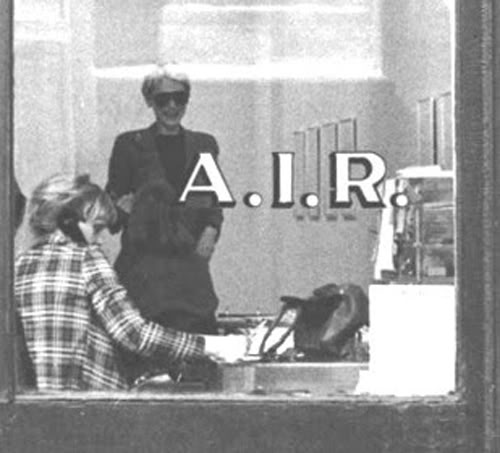A sort of old-girls’ network’: WAR, The Ad Hoc Committee of Women Artists and the foundation of the A.I.R. gallery
or
How to make space in the art world.
In 1972 the doors of the A.I.R. Gallery opened for the first time. Based in SoHo, A.I.R. was the first all-women’s gallery to exist in New York. It was grounded on the need to counter the exclusion of female artists from the institutions of the powerful commercial gallery scene. With a stable of twenty artists, it represented a range of women, some whose work was expressly political and activist in intention, some who simply sought to redress the imbalance created by the inbuilt bias against women in the New York art world. Many of those involved in its foundation had been involved in the emergence of the women’s movement in the arts which had started in the late 1960s. With the formation of activist groups such as Women Artists in Revolution, The Ad Hoc Committee of Women Artists, Women Students and Artists for Black Art Liberation, and Women in the Arts, the question of the representation of women and the equality of the art world had been vociferously raised. In this way a new starting point was drawn and a new path created. The Gallery became “a symbol of a ‘sense of possibility’”.[1]
Drawing on this history, this paper will examine the ways in which alternative structures can emerge and confront seemingly monolithic institutional and cultural constraints. By coming together and imagining alternatives, artists were able to change the terms of debate and create a new way of working that challenged existing norms and created space for them to practice. Thinking about this in terms of the sense of possibility that emerged from it, this paper will consider the implications of this evolution.
[1] A.I.R. Introductory letter, 1974, Artists in Residence Gallery records, AAA. Emphasis original.
